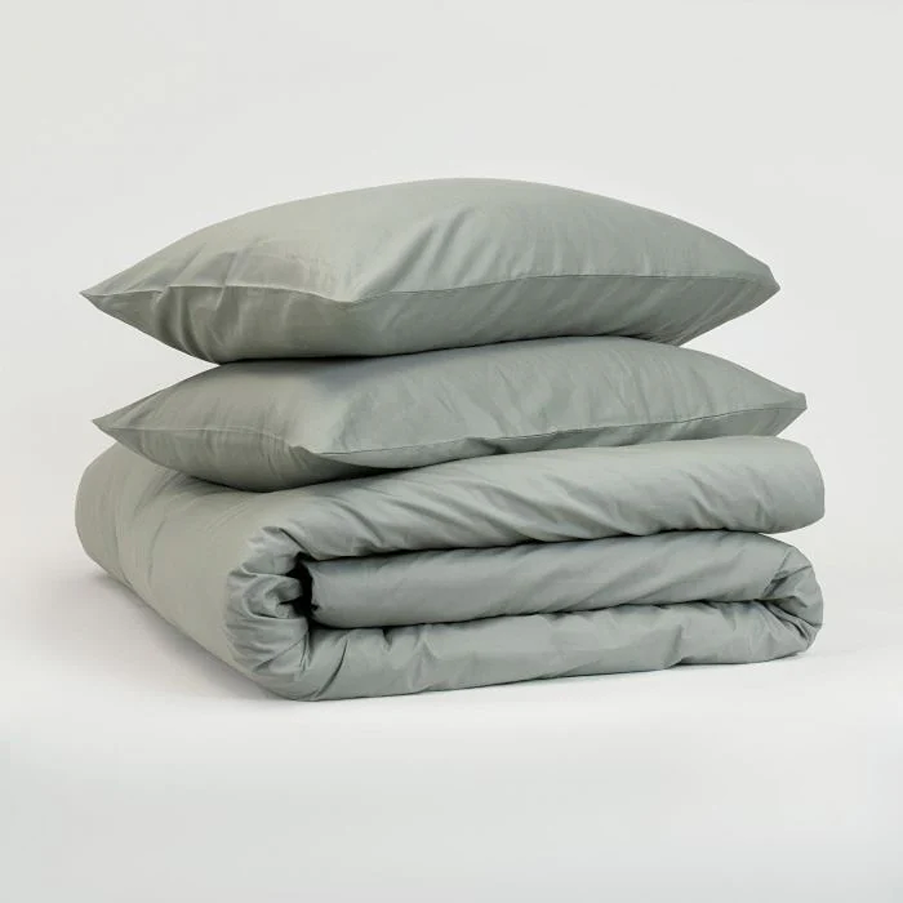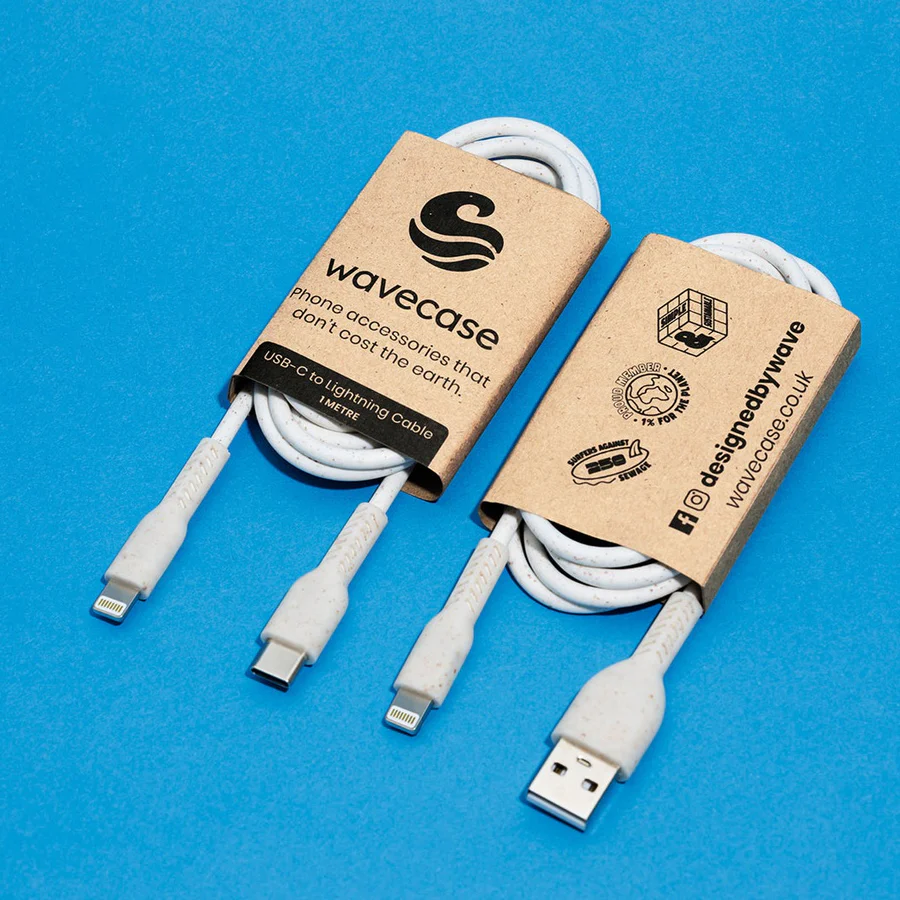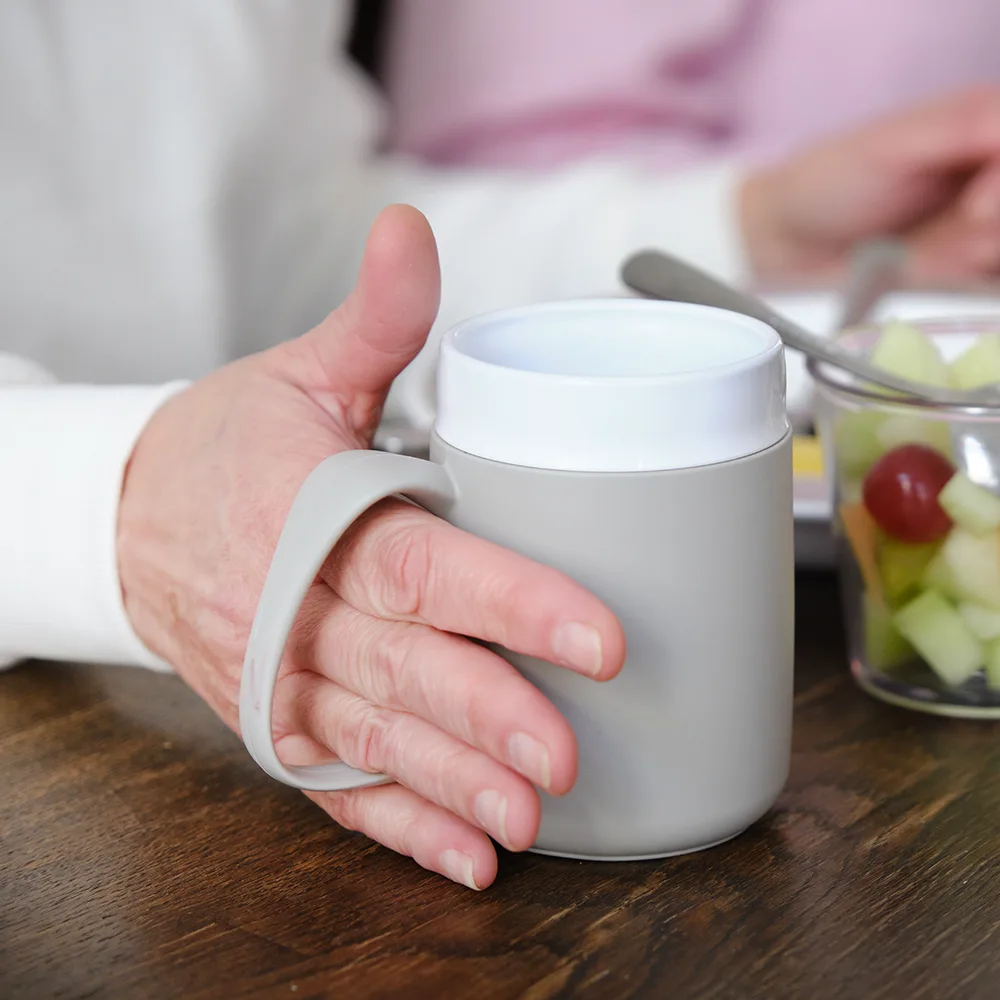Dip & Doze (affordable organic cotton bedding)

Dip & Doze offers quality organic cotton bedding sets to treat the planet and your skin kindly, helping to regulate temperature as you sleep. In a range of muted colours to match any bedroom decor.
Launder with mild laundry powder, and wash inside out to protect surface fibres (avoid bleach or fabric conditioner). Line dry where possible, and smooth by hand or iron while still a little damp. Avoid sunlight to preserve colour (this may involve rearranging your bed, if it’s in a sunny room).

Sustainable Bedding and Fire Regulations
Organic bedding (and pyjamas) are free from chemical fire retardants. They comply with fire regulations, but do avoid overloaded plugs, convector heaters, and don’t leave warm laptops and phones on beds. Also test smoke alarms weekly and avoid fabric conditioners (increase flammability).
Avoid using perfumes, essential oils or scented candles in bedrooms for babies or if pets sleep with you, and know of pet-toxic indoor plants to avoid (including sago palm and lilies).
Bedding Safety for Babies and Children
If buying sustainable bedding for babies, buy new mattresses and avoid cot bumper and pillows The Lullaby Trust has tips to help prevent SIDS.






